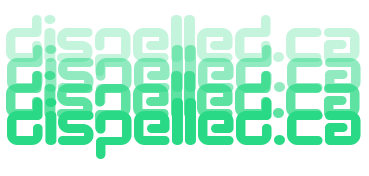Transistors
Transistors are semiconductor devices used to amplify or switch electronic signals and electrical power. They are fundamental components in modern electronic devices.
Types of Transistors
There are several types of transistors, but the most common ones are:
- Bipolar Junction Transistor (BJT): Consists of three layers of semiconductor material, either NPN or PNP.
- Field-Effect Transistor (FET): Controls the flow of current by applying a voltage to the gate terminal, which creates an electric field.
Bipolar Junction Transistor (BJT)
BJTs have three terminals: the emitter, base, and collector. They come in two types: NPN and PNP.
NPN Transistor:
- Emitter: Emits electrons
- Base: Controls the number of electrons
- Collector: Collects electrons
PNP Transistor:
- Emitter: Emits holes
- Base: Controls the number of holes
- Collector: Collects holes
Field-Effect Transistor (FET)
FETs have three terminals: the source, gate, and drain. They come in two types: Junction FET (JFET) and Metal-Oxide-Semiconductor FET (MOSFET).
JFET:
- Source: Source of carriers
- Gate: Controls the flow of carriers
- Drain: Drain of carriers
MOSFET:
- Source: Source of carriers
- Gate: Controls the flow of carriers
- Drain: Drain of carriers
Transistor as a Switch
Transistors can be used as switches in electronic circuits. When a small current is applied to the base (for BJTs) or gate (for FETs), it allows a larger current to flow between the collector and emitter (for BJTs) or drain and source (for FETs).
Transistor as an Amplifier
Transistors can also be used as amplifiers to increase the amplitude of an input signal. The input signal is applied to the base (for BJTs) or gate (for FETs), and the amplified output is taken from the collector (for BJTs) or drain (for FETs).
Example Circuit
Here is an example of a simple transistor switch circuit using an NPN transistor:
Components:
- NPN transistor (e.g., 2N2222)
- Resistor (1k ohm)
- LED
- Power supply (5V)
Circuit:
1. Connect the emitter of the NPN transistor to ground.
2. Connect the collector of the NPN transistor to the negative terminal of the LED.
3. Connect the positive terminal of the LED to the power supply (5V) through the resistor.
4. Connect the base of the NPN transistor to the input signal through a current-limiting resistor (e.g., 10k ohm).
When a positive voltage is applied to the base, the transistor turns on, allowing current to flow from the collector to the emitter, and the LED lights up.
Applications of Transistors
Transistors are used in various applications, including:
- Amplifiers
- Switches
- Oscillators
- Voltage regulators
- Signal modulation
Check out some Bands on Bandcamp.com. Seven Times Refined by Altogether Steve and the Mercenaries, Crazy Fingers (Vancouver 1991), Flying Butt Pliers, and Hammy Ham Hands.
Proudly powered by a Text Editor, an IDE, an SFTP client, some Internet searches, and more recently help from some AI.
2025 dispelled.ca end of file.
